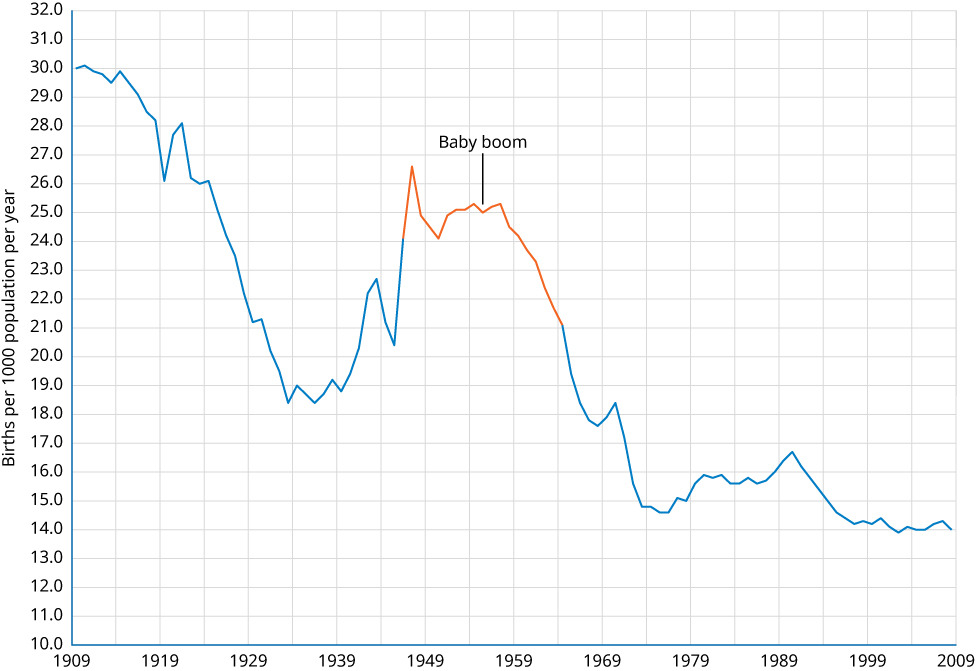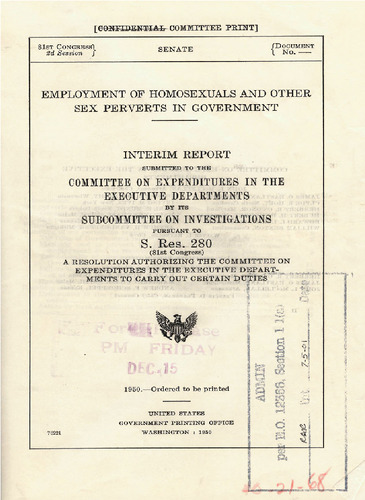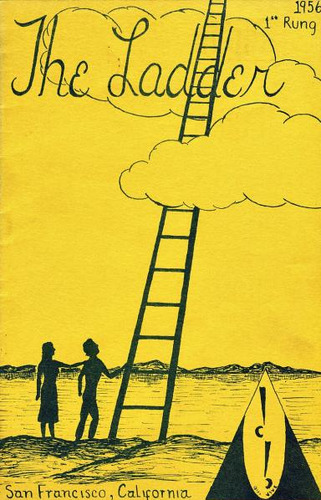1950s: Inequality in the Nuclear Family and The Lavender Scare
Women in the 1950s
The time period of the 1950s was full of many pressures for women and LGBTQ+ people. World War II had ended five years earlier, and the focus was now on the nuclear family. Women were supposed to get married, serve their husbands, and have large families. It was common for women to get married right after high school or in college and have multiple children.
The Baby Boom that occured after World War II had so many children born in such a short time and changed the population of the country so dramatically that it can be described as a "birth earthquake", or "birth quake" (Bavel & Reher, 257). As more and more children were born, women were told to stay at home and become caretakers and homemakers, only working if financially necessary. Women had less options outside the home and also had less options when it came to their reproductive rights. 30 states still had anti-birth control laws and the first birth control pill would be not be approved until 1960.
LGBTQ+ People in the 1950s
What was the situation like for LGBTQ+ people during this time period? The government was cracking down on the LGBTQ+ community due to Cold War tensions. Gay men and lesbians in federal positions were considered national security threats because they were deemed weak and could be easily influenced and manipulated by Communists.
On April 27, 1953, President Dwight D. Eisenhower signed Executive Order 1045, which prohibited gay men and lesbians from being employed by the federal government. Even with this blatant discrimination and homophobia from the government, LGBTQ+ communities were still meeting and creating community. In the lesbian scene, the roles of butch and femme imitated the male and female roles found in heterosexual society. And various gay and lesbian organizations such as the Mattachine Society in Los Angeles and the Daughters of Bilitis, the first lesbian rights group in the United States, in San Francisco were created. It's important to note that the Daughters of Bilitis was founded by women of color: Rose Bamberger, a Filipina, and Mary (whose surname has been lost), a Chicana woman.
More about The Lavender Scare:
More about LGBTQ+ life in the 1950s:



